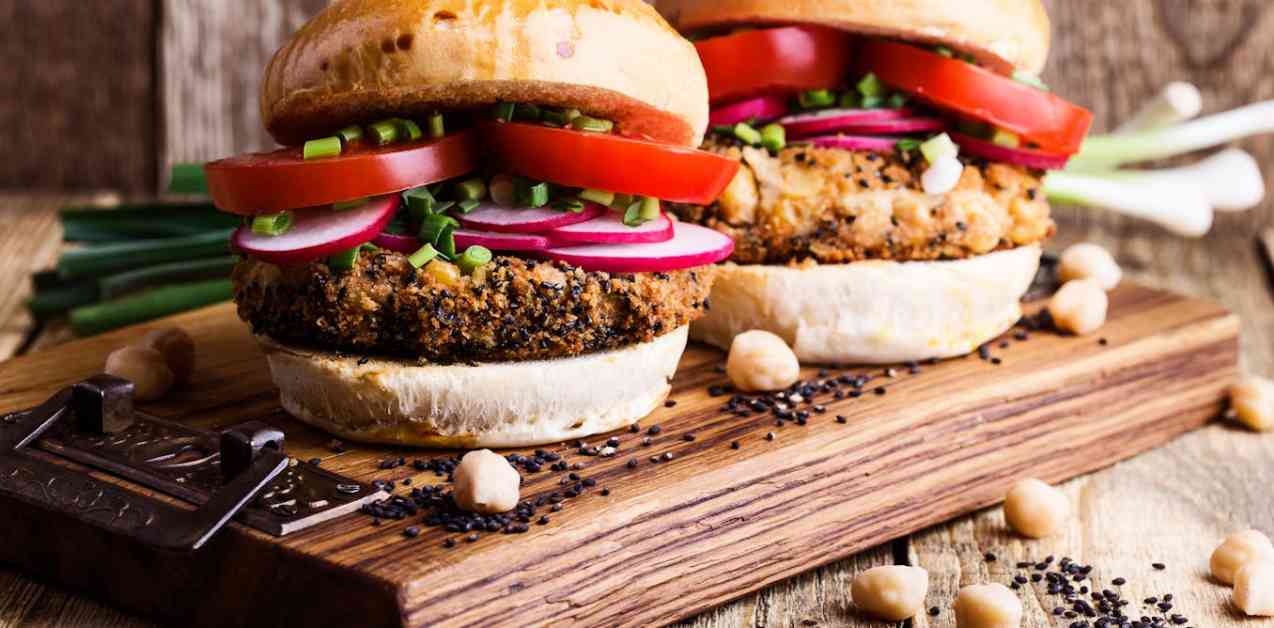When you take a bite of a delicious hamburger or enjoy a juicy steak, your senses respond to the food’s taste, texture, smell, and appearance. For a long time, these attributes have been unique to meat. However, in recent years, food companies have shifted their focus to developing meat alternatives. Many people believe that moving away from meat-heavy diets can benefit the environment and improve health.
Two main areas of research in this field are plant-based meat alternatives and lab-grown meat. Lab-grown meat involves growing animal cells to create a meat product, while plant-based alternatives use plant materials to mimic animal structures and flavors. Major companies like Impossible Foods, Beyond Meat, Mosa Meat, and Quorn have developed plant-based alternatives that consumers enjoy.
As a biochemist who educates students about how food impacts our bodies, I find the development of plant-based meat alternatives fascinating. Animal meats are primarily composed of protein, fat, water, and small amounts of carbohydrates, vitamins, and minerals. Muscle tissue, which is the main component of animal meats, consists of protein fibers bundled with connective tissue.
The size and shape of these protein fibers impact meat texture. Natural lipids found in muscle tissue influence protein structure, flavor, tenderness, and juiciness. Plant-based alternatives use non-animal proteins, fats, coloring agents, and binding agents to mimic the muscle tissue. These products contain over 50% water and are supplemented with additives like flavor enhancers.
Most meat replacements are soy-based because soy protein is affordable and can bind water and fat effectively. Other proteins like wheat gluten, legumes, and seed oils are also used. Fats are added to make the product softer and tastier, but emulsification is necessary to ensure the ingredients mix properly. Gelling agents are used to bind water and fat, creating a more appealing texture.
Creating a meat-like texture involves processes like stretching, kneading, folding, and extrusion. Extrusion, the most popular method, converts dry ingredients into fibers using water. Manufacturers use different ingredients based on the plant protein’s behavior. Flavor is enhanced by adding yeast extracts, miso, mushrooms, and spices that promote Maillard reactions, developing rich flavor profiles.
To replicate the aroma of cooked meats, browning agents like amino acids, sugars, and vitamins are added. Natural smoke flavorings can also enhance the aroma. Plant-based alternatives are designed to look like traditional meat dishes using natural coloring agents like beetroot, annatto, and vegetable juices. Increasing the proportion of pea and lentil proteins can make the alternative look more brown while cooking.
Despite the advancements in mimicking animal meats, the key question is whether consumers will purchase and consume these plant-based alternatives. The global market for plant-based meat alternatives was over $7 billion in 2023 and is expected to grow by nearly 20% by 2030. This rising demand indicates that people are increasingly interested in plant-based options.













